The California Lighting Technology Center (CLTC) accelerates the development and commercialization of energy-efficient lighting and daylighting technologies. The Center produces new technologies, inventions, patents, and license agreements, as well as engineering specifications, market research, resources, lighting guides, and working and white papers. The CLTC works in partnership with designers, manufacturers, end users, utilities, government agencies, and others. Center faculty and staff also provide curriculum and instruction for education and training courses, and conduct workshops, seminars, and outreach activities.
Key Accomplishments 2016
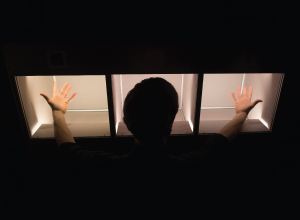
Incorporating the “California Quality” Specification into the 2019 Title 20
CLTC is leading a new era of lighting that merges color quality with energy efficiency. The Center conceived of a new lighting quality standard—the Voluntary California Quality LED Lamp Specification—that was adopted by the California Energy Commission (CEC). It is intended to support energy policy makers and the lighting industry in moving consumers away from inefficient incandescent lighting toward more efficient light-emitting diode (LED) lighting technology by ensuring that consumers’ expectations for lighting quality and performance are met. The California Specification represents the CEC’s minimum requirements for an LED light to be considered “California Quality.” LED lamps that meet the standard are now available in the marketplace and are eligible for rebates, and effective this past January, new homes built in California must have lighting that meets the California Quality standard. Importantly, the Center successfully worked with the CEC to incorporate the standard into the forthcoming lamp performance requirements contained in the 2019 Appliance Efficiency Standards, which will go into effect on January 1, 2020.
“Incandescent is a beautiful light source that we all love, but it's not very energy efficient. In the past, when we've moved to more efficient lighting, we've lost quality of visual experience. We're trying to change that and meld visual quality and efficiency. Fortunately, with new technology, we don't need to sacrifice one for the other.”
—Michael Siminovitch, Director, California Lighting Technology Center
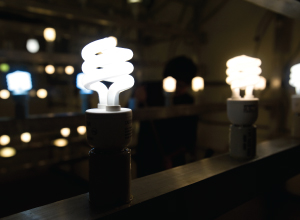
Connected the Million Lamp Challenge as a University of California Statewide Activity
The University of California (UC) purchases large quantities of directional and ominidirectional lamps (A lamps), including incandescent and CFL technologies. These lamps represent an enormous opportunity for energy savings, waste stream mitigation and maintenance cost benefits by replacing them with highperformance, high-quality LEDs. The CLTC proposed the Million Lamp Challenge—a high visibility, statewide lamp conversion program to promulgate the use of high efficiency, high quality LED replacement lamps across the University of California network—and successfully worked with key partners across the UC system to ensure that the Challenge is developed and implemented statewide.

Co-led the APEC Best Practices Conference in Asia
With funding from the Asia-Pacific Economic Cooperation (APEC), the CLTC continued to lead an initiative focused on developing lighting strategies designed for use in sustainable building projects. This initiative supports workshops intended to build a collaborative of researchers at universities including King Mongkut’s University of Technology Thonburi in Thailand (KMUTT), Tongji University in Shanghai, China and the University of Singapore. In 2016, CLTC co-led an APEC best practices conference in Asia to share lighting best practices that will achieve deep energy savings through retrofitting existing buildings.
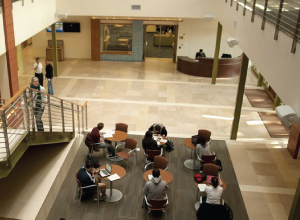
Advanced Corridor, Stairwell and Restroom Control Technologies for CASE to support the 2019 California Building Energy Efficiency Standards
The California Energy Commission’s (CEC) energy efficiency standards have saved Californians millions in reduced electricity bills since 1977. The California Building Energy Efficiency Standards contain energy and water efficiency requirements (and indoor air quality requirements) for newly constructed buildings, additions to existing buildings, and alterations to existing buildings. The CEC updates the standards on an approximately three-year cycle. The CLTC worked with the CEC to advance corridor and restroom lighting requirements for the 2019 California Building Energy Efficiency Standards. These new lighting requirements will result in huge energy savings. The CLTC also created a number of guides and fact sheets to increase knowledge and implementation of code-compliant lighting for California’s residential and non-residential buildings. These guides and fact sheets can be found on CLTC’s website.
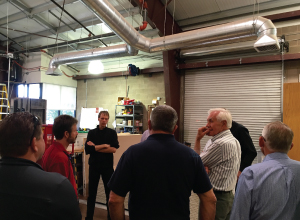
Improved and Advanced Energy Efficiency Workforce Development
A majority of incumbent workers are not trained on energy efficiency, and even those that have training are faced with frequent changes in technology, codes, and standards. The CLTC continued collaborations with the California Community Colleges (CCC)—the largest system of higher education in the nation, with 2.1 million students attending 113 colleges—on a shared initiative to improve and advance energy efficiency workforce development to meet industry standards and employer needs in the clean energy economy. This collaboration is identifying opportunities for improving CCC curriculum and instructor knowledge with respect to lighting and energy efficiency. In support of these efforts, the CLTC created and developed lighting program kits that advance lighting curriculum and training materials.
Key Projects 2017
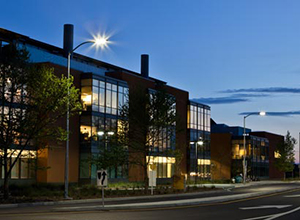
Launch and Implement the Million Lamp Challenge with Industry and State Partners
Challenge with Industry and State Partners CLTC will work with industry and state partners to launch and implement the Million Lamp Challenge. As part of the Challenge, the UC will develop a specification and solicitation in line with the current California Quality LED Lamp Specification, which will be disseminated to industry for a large competitive purchase by the UC. The UC will then align or partner with multiple campuses across the state to initiate a unified multi-year lamp purchase, deployment, and supporting educational program.
“There is an enormous opportunity to achieve rapid energy savings at scale across California university campuses by deploying a novel lamp swap out program.”
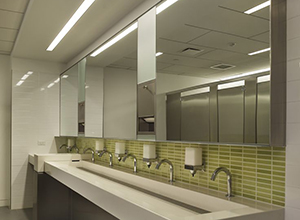
Solidify the 2019 Codes and Standards Proposals for the California Energy Commission
The CLTC is working with the California Energy Commission on the 2019 Building Energy Efficiency Standards. The Center is focused on updating codes and standards for stairwell and bathroom lighting controls. The 2019 Standards will go into effect on January 1, 2020.
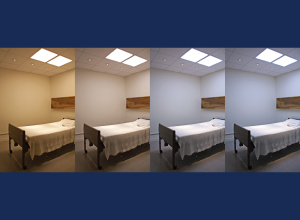
Finalize Circadian Lighting Protocol for Hospital and Healthcare Applications
There is growing evidence that the intensity and spectrum of light sources found in homes, workplaces, and hospitals can have significant impact on people’s health and wellbeing. Circadian-friendly lighting design creates environments that resemble the intensity and spectral variations of light over the course of a day, gently adjusting throughout the day from the blue to the red spectrum. CLTC has been introducing this amber-toned lighting into hospital rooms and corridors, and to the Honda Smart Home in UC Davis’ West Village. In 2017, the Center will finalize its circadian lighting protocol for hospital and healthcare applications.
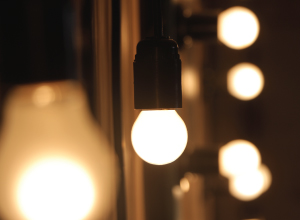
Define Consumer Studies on Color Quality
The CLTC will continue its work on restoring high color quality to energy-efficient lighting. In 2017, the Center will define a series of consumer studies on color quality to advance understanding of consumer preferences.
For more information, please visit the California Lighting Technology Center.

